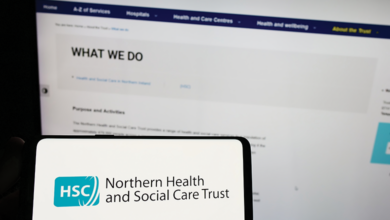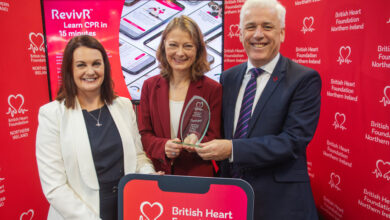The impact and value of the service user experience
 Achieving positive outcomes for patients and carers takes persistence and determination but, by focusing on issues that are most important to people, significant changes can be made in Health and Social Care.
Achieving positive outcomes for patients and carers takes persistence and determination but, by focusing on issues that are most important to people, significant changes can be made in Health and Social Care.
The value of gathering robust evidence on the quality of the service user experience, and that of their families, is key to transforming Health and Social Care services. It is also important to collect information on good and bad experiences as both are essential to improving services and sharing best practice.
Ideally, what is needed is a coordinated strategy for improving service user outcomes based on people’s experiences. This requires regular monitoring, clear reporting arrangements at all levels and an action plan that closes the loop.
It is essential that focusing on service user experience means measuring the things that are important to people. There are three steps to ensuring that any service user engagement process is fit for purpose:
- The coordination of robust data collection
- Clear demonstration of its quality and independence
- Learning from, and acting upon, the results in a systematic way.
Despite long experience of gathering feedback from service users, there is little hard evidence on how best to use that information to stimulate quality improvements.
During the seven years since the Patient and Client Council was established, there has been increasing activity across all Health and Social Care services, focusing on using new and innovative ways to capture the service user experience.
Some examples of new initiatives include the Patient and Client Council Membership Scheme and the Personal and Public Involvement Forums. Demonstrating outcomes from these initiatives, however, has been more difficult.
Service users are often fatigued and frustrated by the amount of time they give to sharing their experiences, yet see little or no sustained change or improvement of services as a result.
An essential part of the Patient and Client Council’s work has been to achieve and demonstrate positive outcomes for service users. This takes patience and determination, while success is evidenced in different ways.
Influencing commissioning, starting a dialogue, creating forums for working partnerships between clinicians and service users and securing funding to improve services for hard-to-reach groups are some of the examples of how asking, hearing and responding to people’s experiences has resulted in service improvement.
The independence of work done by the Patient and Client Council and its ability to draw a regional perspective across all the Health and Social Care Trusts are particular strengths.
Examples of outcomes from the work of the Patient and Client Council that have resulted in influence, service improvement or service change, range from increased funding for service (an additional £2 million for carers of people with a learning disability), to outcomes that involved using evidence in the People’s Priorities reports to influence the commissioning of services that are important to people.
As we move forward, methods to involve and engage people should include active listening and analysis of information received. Decision makers, clinicians and other providers need to understand and accept that the service user experience is as important as clinical quality and patient safety.
Patient and Client Council
1st Floor, Ormeau Baths
18 Ormeau Avenue, Belfast, BT2 8HS
Tel: 0800 917 0222
Email: info.pcc@hscni.net





